
by Google
The world of social media is changing faster than ever before. Artificial intelligence is affecting algorithms, creation, and advertising. Platforms like Facebook, Instagram, TikTok, and LinkedIn are racing to be the first to create a new ecosystem for users, brands, and creators. 2026 will be a breakthrough year in this regard.
This article presents an overview of 36 predictions that indicate what social media will look like in 2026. From AI ads on Facebook, to paid editors on Instagram, to new career opportunities on LinkedIn. Get ready for an overview of the changes that will define the next chapter of the digital era.
Facebook: AI ads, a return to roots and a quiet preparation for the metaverse
Facebook is not as "cool" as it was ten years ago, but it is still the most used social network in the world. And although it might seem that Facebook has nothing more to innovate, the year 2026 suggests otherwise.
A feed without an algorithm?
One of the most interesting changes comes from Europe. A Dutch court has ruled that Meta must allow users to permanently disable the algorithmic feed and switch to a purely chronological display of posts. If this decision holds up, it will be the first big test of what social networks would look like without algorithms, that is, without recommendations.
It's a risk for Facebook, because algorithms keep users in the app longer, but it could also be a chance to show whether it can return to what once defined it, namely authentic posts from people you know.
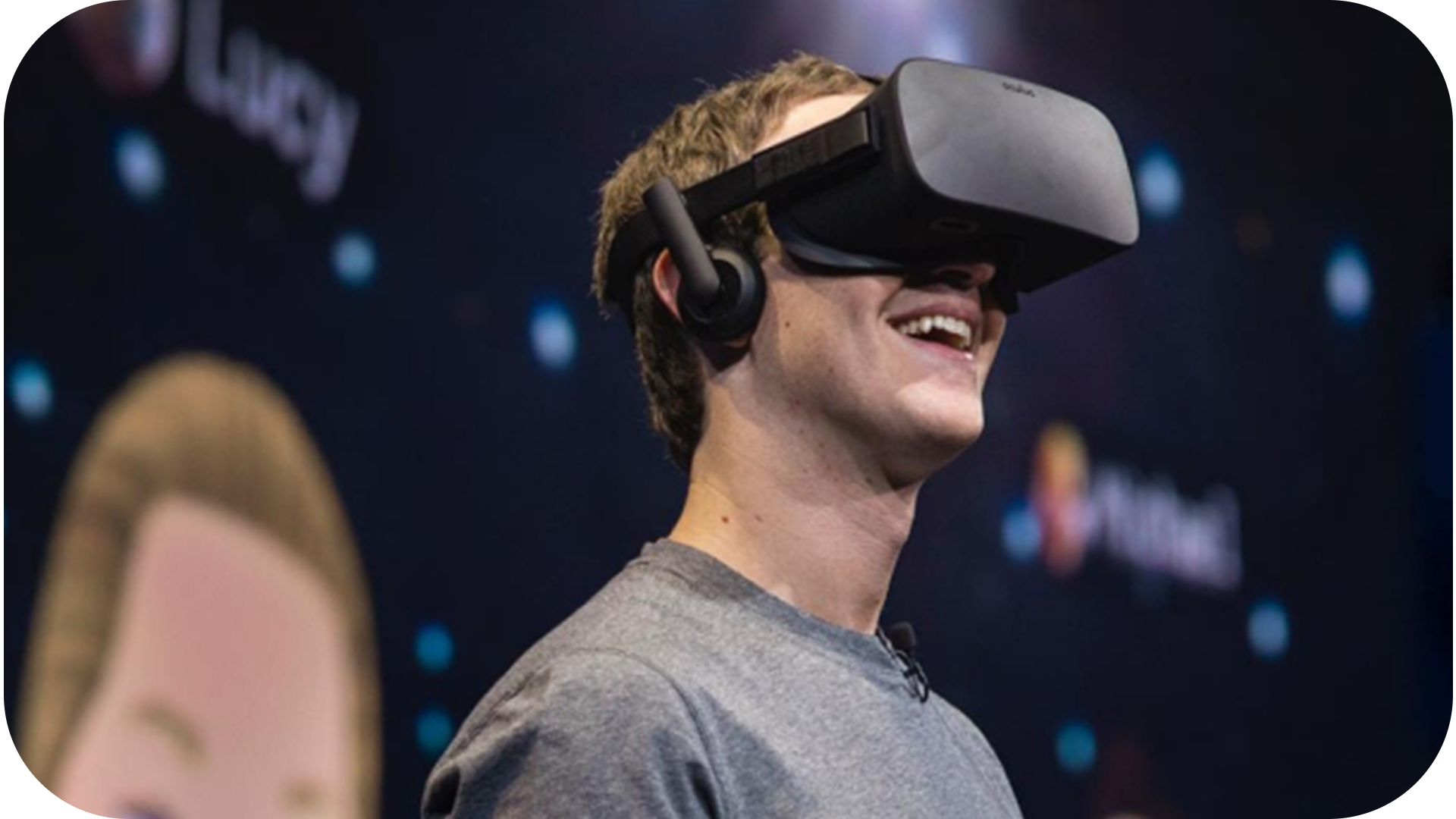
Integration with Horizon Worlds and avatars
Although Meta is no longer talking about the metaverse as loudly as it once did, it hasn't abandoned the idea. Instead of big plans, it is now adding smaller features to its applications that gradually bring it closer to it.
In 2026, Facebook is expected to connect with Horizon Worlds, a social VR environment from Meta. Users will be able to use their avatars more often not only in games, but also in comments, stories, and interactive experiences, and Meta is thus building a bridge between today's Facebook and the future metaverse.
AI glasses Meta Display
AI glasses Meta Display are becoming increasingly popular, and the platform plans to support this trend by, for example, highlighting videos and stories that were shot directly through these smart glasses. Videos from the glasses will receive a special label and more space in the feed, which Meta subtly motivates users to buy them.
Product Search via Meta AI
Facebook is also turning into a shopping platform. Meta plans to connect AI user queries with its advertising system, which means that if you ask an AI chatbot about a product, this data can be turned into targeted ads. From a brand's perspective, this is a new way to personalize campaigns that can better understand user intent. For creators and companies, this means more precise interventions and higher ad effectiveness.
Friend Highlights: Back to Friends
After years of pushing mainly video formats, Facebook will try to return the emphasis to personal connections. The new Friend Highlights feature will display a panel with the latest posts from friends or acquaintances who have added something new. It's an attempt to return to the roots of a social network that is primarily intended to connect people, not algorithms.
AI profiles
One of the boldest and most controversial innovations is AI profiles. Meta is reportedly testing accounts managed by artificial intelligence that react, like, and comment like real people. It sounds like science fiction, but it also raises the question of where social interaction ends and artificial begins?
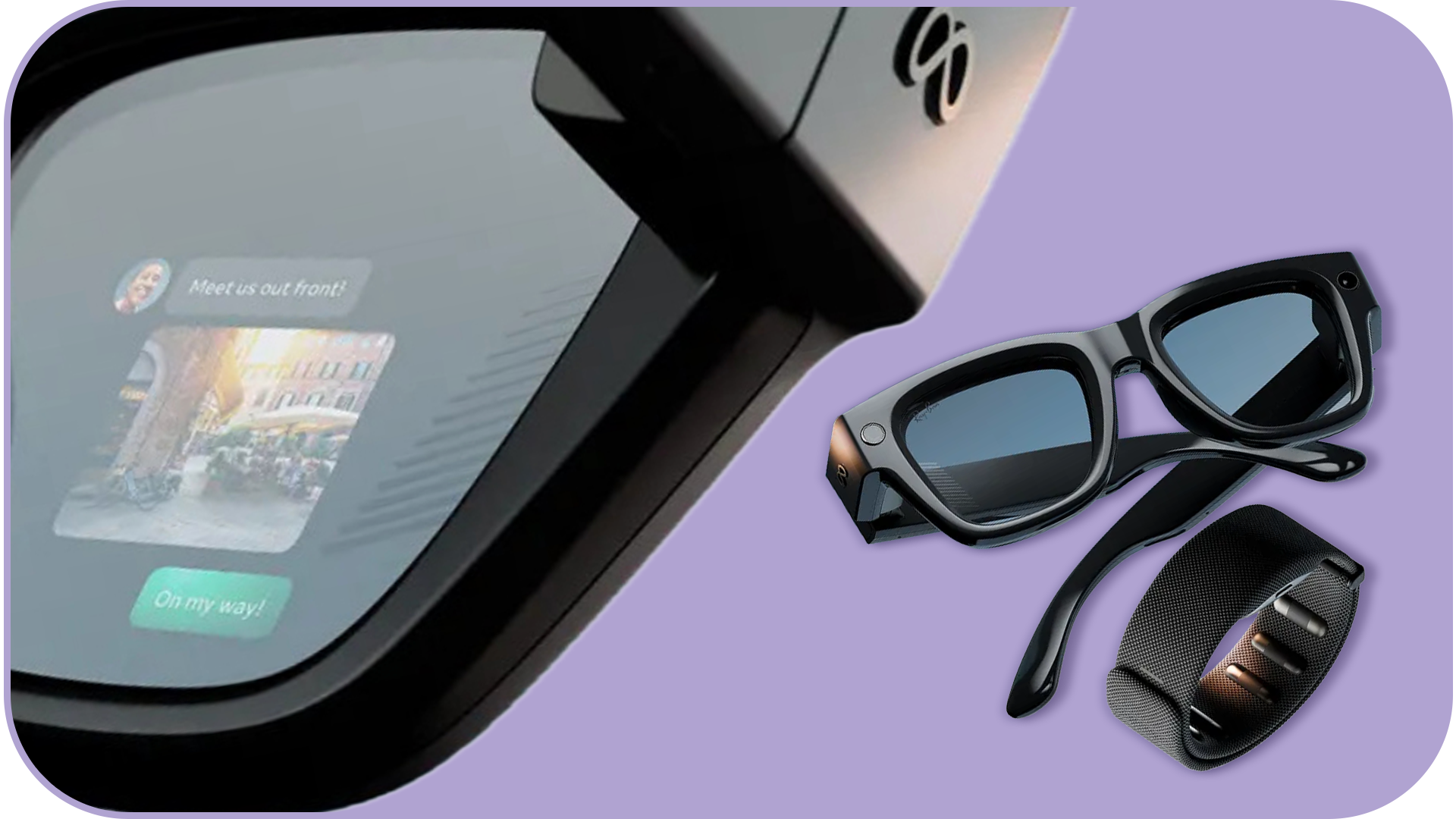
Instagram: Reels, AI, and a New Business Model
Instagram has become one of the world's most powerful marketing platforms. And while it's been changing at a pace that's exhausting some creators in recent years, 2026 will bring the next phase, with more artificial intelligence, more video, and more paid options.
AI and Fake Content
Instagram faces the same problem as most platforms, namely the growth of AI content that's increasingly difficult to distinguish from reality. Deepfakes, non-existent influencers, generated product photos... all this is flooding feeds and changing the way we perceive content.
Meta is therefore preparing stricter labeling of AI content and better tools to control what is real and what is not. In practice, this means that creators will have more transparency and accountability, but also the chance to use AI creatively, not deceptively. This step is also a response to the misuse of famous faces in ads, or hoaxes that damage the reputation of brands. The goal is clear, to maintain user trust at a time when digital reality is starting to become difficult to distinguish.
Open the app directly to Reels
If you feel like Instagram is turning into TikTok, you're not far from the truth. Reels now make up more than half of the content users watch. That's why Instagram is preparing to open the app directly to the Reels feed.
Users in India are already testing this new feature, and the results are positive. If confirmed, the classic feed will be moved to the background and Reels will become the main part of the entire application. It is a logical step, but also a signal that Instagram is building everything on video.
Edits as a paid application
The new Edits tool quickly became popular among creators who were looking for a simple alternative to CapCut. It allows for quick video editing, adding effects or subtitles, all directly on mobile. However, from the beginning, Instagram announced that it could be a paid application in the future, especially for those who want to use advanced AI features. It is therefore expected that in 2026 a subscription for Edits will arrive, which will unlock premium tools such as automatic editing, caption generation or visual templates.
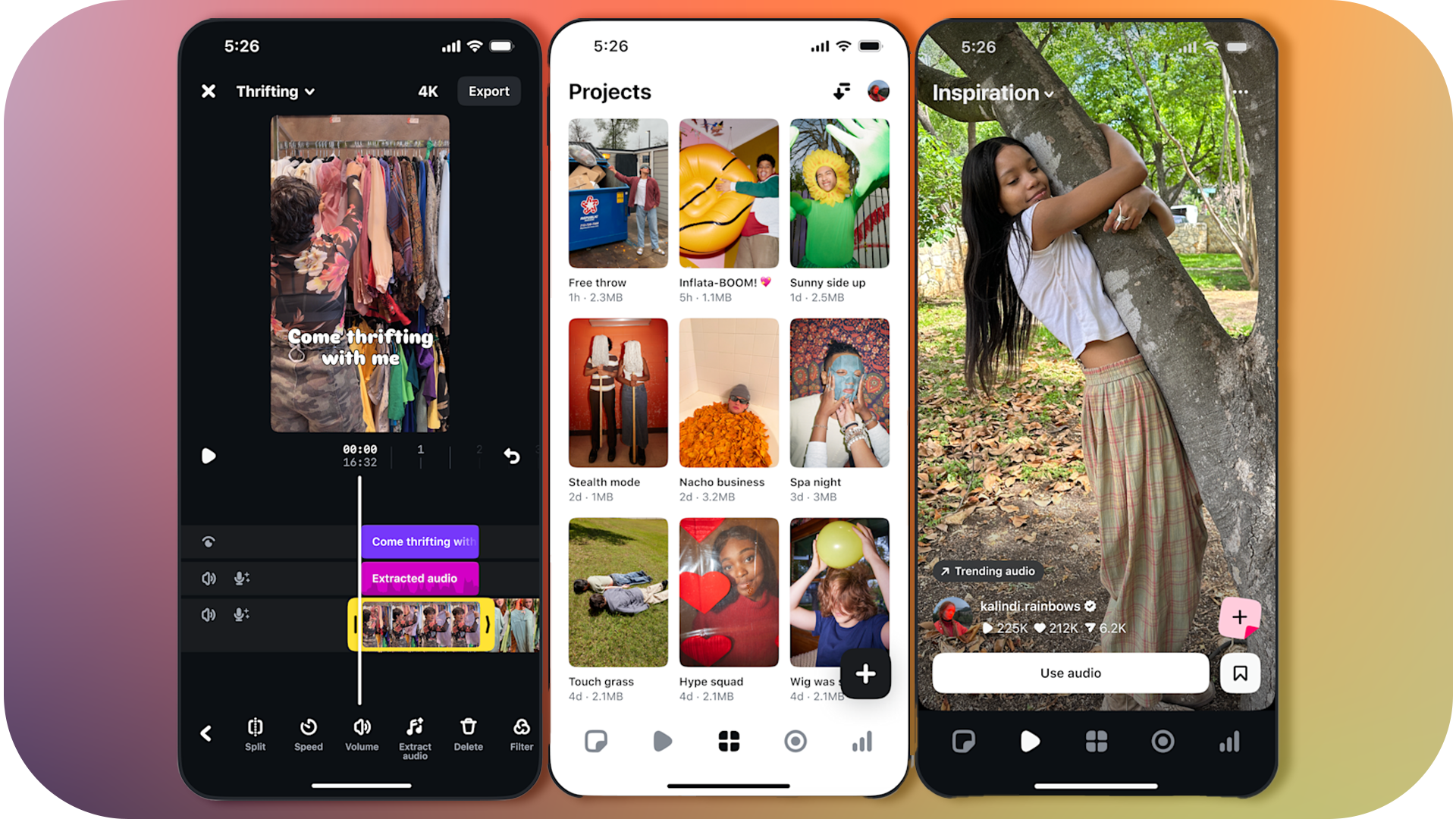
Creators pay for reach
Instagram plans to improve the way creators can improve the reach of their posts directly and easily in 2026. It will not be significantly different from the current Boost option, but Instagram is expected to simplify the packages, similar to X. The packages will be fast, in a few clicks, for a few euros and your post will reach a larger audience.
TikTok: A New Era of Shopping and AI Avatars
TikTok has become a global hub for entertainment, sales and artificial intelligence, fundamentally changing the way people discover products, shop and create content. In 2026, TikTok is in for some major changes.
TikTok U.S. deal: new algorithm, new identity
After years of political battles, it looks like TikTok in the US will finally survive, but not without compromise. A separate American version of the app is expected to be created, which will simply "rent" the original Chinese algorithm from ByteDance.
While this move is intended to appease the government, it could also change the very core of TikTok, which is its legendary recommendation system. It is the reason why the app knows so precisely what users want. If the algorithm is "overtrained" or modified, the accuracy of recommendations and the overall user experience may be reduced.
Livestream shopping
While TikTok handles politics in the USA, it dominates as a shopping platform in Asia. Livestream shopping, i.e. selling products via live broadcasts, generates billions of dollars a year, and TikTok plans to expand this success to the West. For now, Western users are cautious about buying via streams, but TikTok sees a clear trend that by 2026 livestream shopping will become the main pillar of its business outside the US.
Mini Programs: everything in one app
TikTok is inspired by the Chinese version of Douyin and is expanding with Mini Programs, which are small applications directly within the TikTok environment. Through them, users can buy tickets, order food or pay for services without leaving the app. This is a step towards a "super app" that combines entertainment, community and shopping.
Gaming streams: a new space for creators
In 2026, TikTok is also planning to strengthen its position in the field of gaming content. Although the platform has so far been more about music and trends, it wants to get closer to competitors such as Twitch or YouTube. New tools for easy game streaming and incentive programs for players and commentators who can build their communities on the platform are expected. Gaming content is a logical extension of its "live" strategy for TikTok and another way to increase the time users spend in the app.
AI avatars: 24/7 virtual salespeople
TikTok is also experimenting with AI avatars that can livestream, showcase products, and answer users' questions in real time. These virtual salespeople can work 24/7, without fatigue, and with endless energy, which could be ideal for brands that want to be in touch with customers at all times. AI avatars are already being tested within the Symphony Creative Studio, where companies can create their own "AI ambassador."
![]()
Threads: rapid growth, new trends and liberation from Instagram
Threads is slowly but surely becoming what X wanted to be, a place for real discussions, quick news and opinions without unnecessary ballast. After a year since its launch, it has more than 400 million active users and is close to overtaking X in daily activity.
Threads is based on a simple idea - to create a friendlier version of X that combines current events, humor, and cultural topics, but without a toxic environment. And it seems to be succeeding.
Threads overtakes X
According to current data, Threads is quickly catching up with X and will likely overtake it in 2026. While Elon Musk struggles with advertising partners and content moderation, Threads is growing organically, mainly thanks to Meta actively connecting it with Instagram. Any creator with an IG account can sign up for Threads in a few clicks. If this growth continues, Threads will be the dominant platform for real-time news and discussions in a year.
Separation from Instagram
The next step will be greater independence. Meta realizes that users follow completely different people on Threads than on Instagram, so it plans to separate recommendations and interests between the platforms. New users will no longer see account suggestions based on IG activity, and full integration of interest graphs should come in 2026.
Trends in the feed and current topics
Threads plans to add trends overview directly to the feed. This will allow users to see the most popular topics of the day, current events, and discussions that are relevant to them. It's a logical step if Threads really wants to compete with X, because speed and timeliness are what make the platform a news source.
Better algorithm
To make it all work, Meta is also improving Threads's algorithm itself. While today the app sometimes mixes in older posts or inaccurate recommendations, the goal for the future is to show users exactly what they are currently interested in. To do this, it will use its own AI systems that monitor what is being discussed and recommend relevant topics based on the behavior of other users.

X (Twitter): pressure for profit and an uncertain future
In recent months, the X platform has become a project that is trying to find its new identity and a path to profit. Elon Musk wanted to make it a "super app for everything", but for now it seems that X is balancing between ambition and reality.
Financial pressure
The biggest challenge remains to return X to its original form after mass layoffs and the flight of advertisers. Musk admitted that the platform is "only barely in the black", and if it fails to increase advertising revenue, it will face difficult times. Help comes from the xAI project, which X bought in March 2025 and thus provided it with financial support and technological background for AI systems.
Problems with Community Notes
The Community Notes system, which was supposed to replace classic content moderation, is starting to fall apart. It worked because users themselves added facts and supplements to misleading posts, but as active people decrease, its effectiveness also decreases.
If there are not enough ratings from different points of view, the system becomes distorted and dysfunctional. The result? A lot of false or manipulated information passes unchecked.
X Money: in-app payments
One of Elon Musk's visions is direct payments and in-app purchases. The project was supposed to launch in 2024, but it was delayed due to licensing restrictions in the USA. Nevertheless, it is expected that in 2026 X will finally introduce a basic version of the X Money function, which will allow you to send money, support creators, or even make purchases directly in the app. The question remains whether people will want to associate their finances with a platform whose trust has been declining for a long time.
Adult content: the last card
When advertising doesn't work, Musk is looking for other ways. One of them could be the monetization of adult content, i.e. allowing creators to earn money from premium NSFW content, similar to OnlyFans. X already allows such contributions today, but has not yet made money from them. Allowing creators to sell subscriptions directly through the app would bring a new source of income, but also the risk of losing brands and advertisers who don't want to be associated with such content.
X thus enters 2026 with an uncertain future. It has huge potential, a strong name and the support of one of the most influential people on the planet. At the same time, however, it faces a loss of trust, a decline in users, and tensions between freedom of expression and sustainable business.
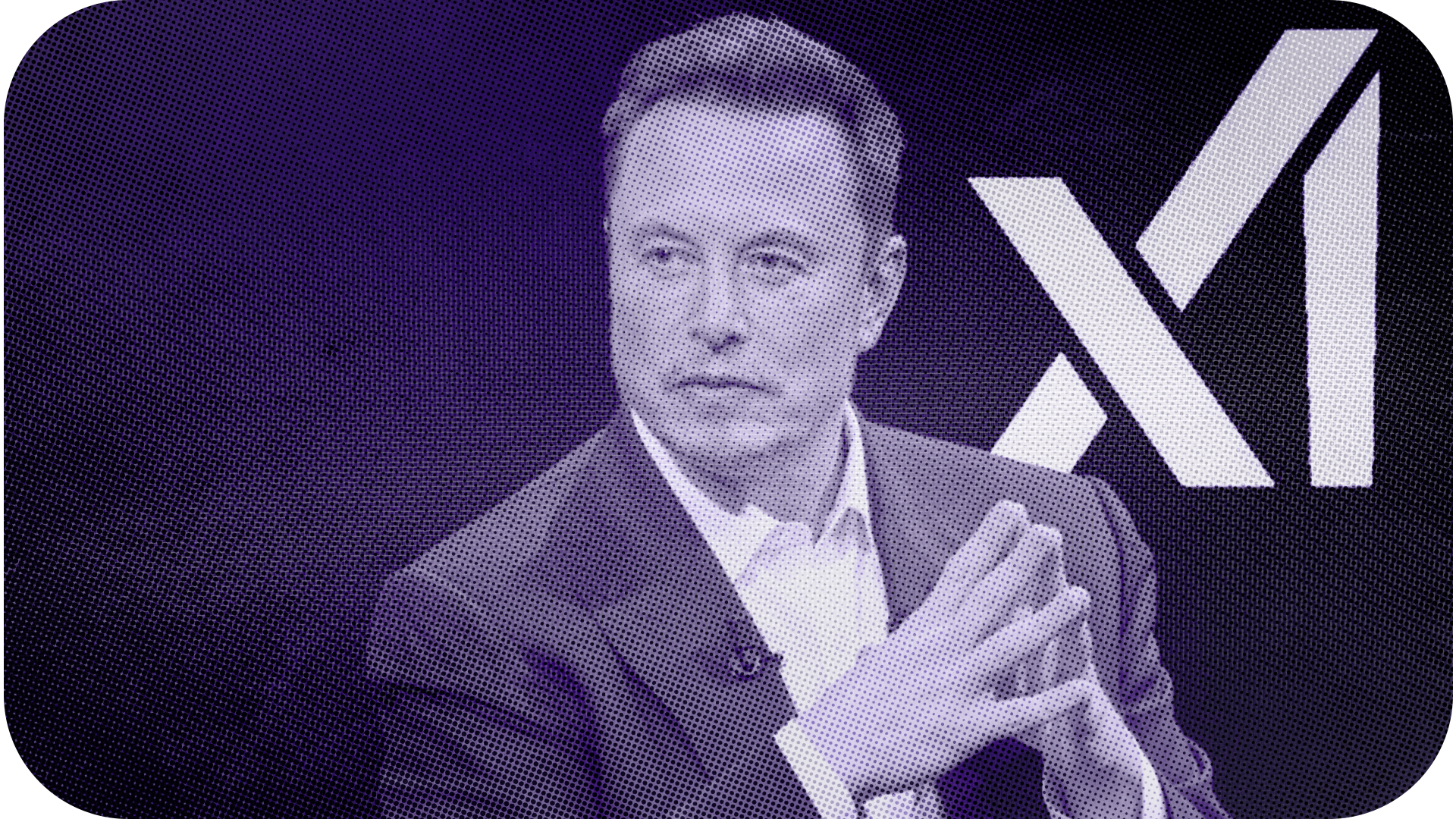
LinkedIn: AI as your career coach
LinkedIn is no longer just a place where you look for a job or update your resume. In 2026, it will become an intelligent career assistant that combines education, networking, and personalized recommendations. The platform relies on artificial intelligence as a tool that can actually advance your career.
Mapping career paths with AI
LinkedIn has a huge database of professional data in its hands, and in 2026, it will finally use this data to its full potential. Using AI, it can estimate where you can move in your career and what you need to do to get there. For example, if you are a junior marketer, LinkedIn will recommend what skills you should add, what positions are realistic for you, and what courses will help you get ahead.
Video feed and live broadcasts
Like other platforms, LinkedIn has finally discovered the power of video. Video watch time has increased by 36% year-on-year, and video posts are shared up to 20 times more than other content. That's why the platform will focus even more on the video feed in 2026 with a full-screen, portrait view and a greater emphasis on live broadcasts. LinkedIn is already testing a separate video section where users can click through short clips similar to TikTok. But the goal is not entertainment, but education and inspiration.
Quick 3-Minute Lessons
LinkedIn wants to bring its LinkedIn Learning education system closer to new generations through short 3-minute lessons right in the feed. These will be quick, practical tips that you can master during your coffee break. The goal is for users to learn something new every day, without having to take long courses. In addition to improving skills, this will also help content creators, who can share their professional mini-videos and thus gain greater reach among professionals.
AI chatbot "Inbot"
In 2026 LinkedIn also plans to deploy its AI assistant "Inbot". This chatbot will act as your personal coach, helping you optimize your profile, plan your daily tasks, and recommend new connections or job offers. The goal is for LinkedIn to act as an intelligent career manager, not just a network of contacts.
Trend insights: data for creators
LinkedIn, after launching advanced analytics for posts in 2025, is now preparing a new Trend Insights. Creators will have access to an overview of current topics, keywords, and trends in their industry so they can respond to what's currently resonating. Using AI, LinkedIn will recommend which topics are trending, in which formats their audience prefers them, and when is the ideal time to post.
Snapchat: the line between risk and innovation
Snapchat was once used for quick messages and disappearing photos. Today, it is trying to find its place in the era of artificial intelligence and augmented reality. In 2026, it will stand on the thin line between bold innovation and financial risk that could decide its future.
AR Spectacles glasses: a risk that can hurt
The biggest step and at the same time the biggest risk for Snapchat are the new AR Spectacles glasses. The company plans to launch them in 2026 and is placing huge hopes and billions of dollars in them. The problem is that Spectacles are technologically behind Mete and Apple.
AR Lens via AI – effects for everyone
Snapchat is trying to make augmented reality creation accessible to people who don't have technical knowledge. Thanks to generative AI, it will be possible to create your own AR filters with just a voice command or a simple description.
Targeted offers in messages
Snapchat is also experimenting with advertising in the inbox. The new format "Sponsored Snaps" brings personalized offers directly to messages, because the campaigns achieve higher performance than classic ads in the feed. In 2026 Snapchat plans to customize these ads even more, for example in the form of discount codes or tailored product recommendations.
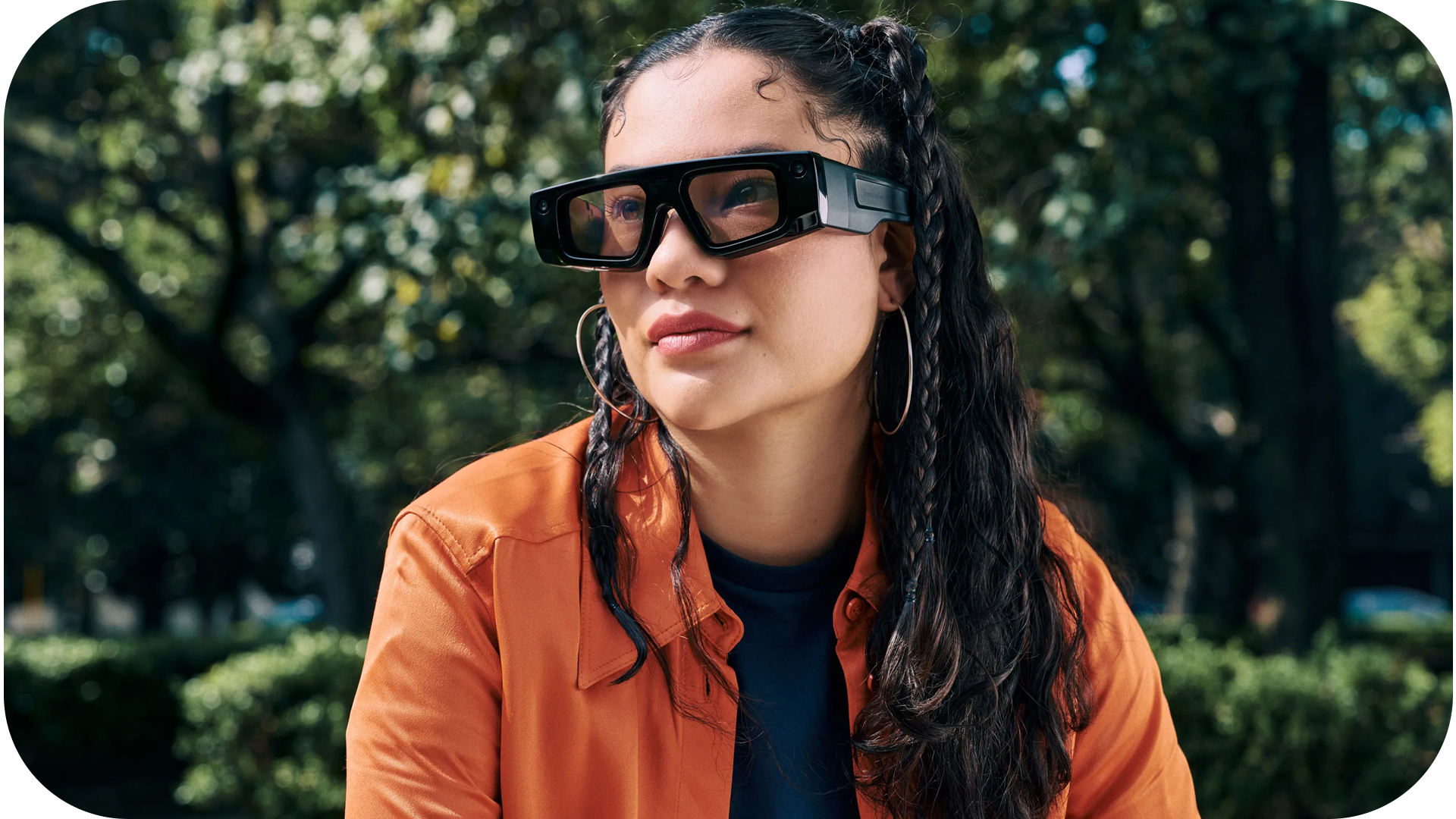
Pinterest: the e-commerce platform of the future
Pinterest is transforming from an inspiration network to a full-fledged shopping platform that combines visual discovery with real purchases. In 2026, it will be at the forefront of the trend where inspiration turns into a transaction, quickly, easily, and with the help of AI.
AI content and its filtering
Pinterest is struggling with the rise of AI-generated content that floods feeds with unrealistic images. It is responding by tightening its policies, which include clear labeling, filtering, and the ability to hide AI Pins. The goal is to maintain trust and separate real products from fake ones.
One-click shopping
The platform is testing direct shopping without click-throughs, potentially in partnership with Amazon. Users could buy a product directly from an image with a single click. This move would make Pinterest a fast and intuitive sales channel.
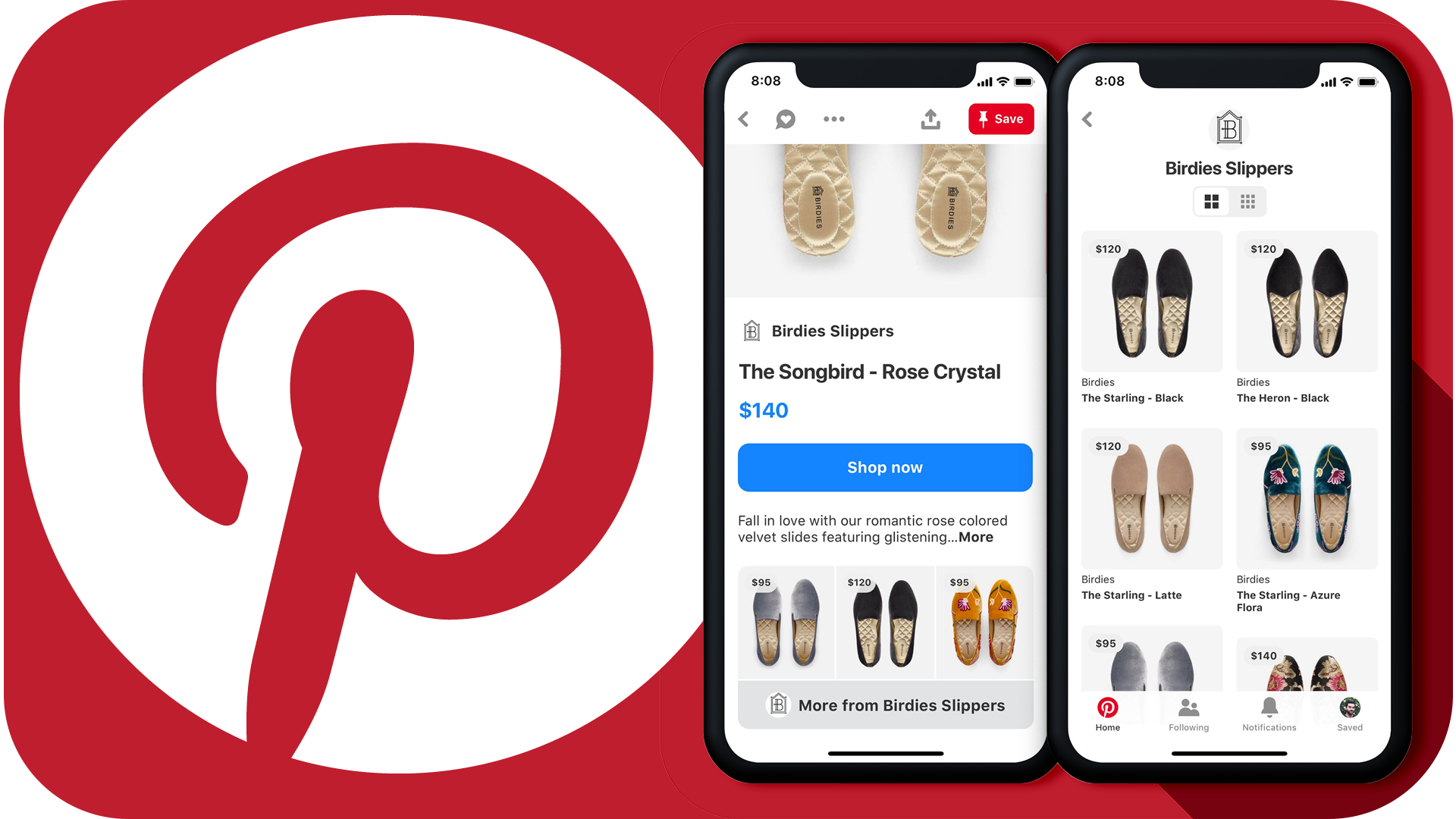
Virtual product try-ons
Pinterest is developing its AR and AI tools that will allow users to see how a product looks on their body. Improved models and body scans will bring an even more realistic shopping experience.
Text-to-image search
The new feature will allow you to type in what you're looking for, such as "black square-toed boots," and Pinterest will generate an image for you as a basis for a visual search for real products.
Data partnerships with AI companies
Pinterest plans to monetize its search data, which reveals user trends and preferences. This anonymized information can help AI companies develop new models and at the same time bring a new source of income to the platform.
The year 2026 will bring a fundamental transformation to social networks. AI will become an integral part of them, from ads and algorithms to shopping, education, and virtual creators. Platforms are transforming into intelligent ecosystems that connect technology, business and creativity.
For brands and creators alike, it means time to adapt. Those who can use new tools before others will gain an edge. And that's why it's worth watching how the world of social media changes, because the future of creation is already being written.
Source: SocialMediaToday








